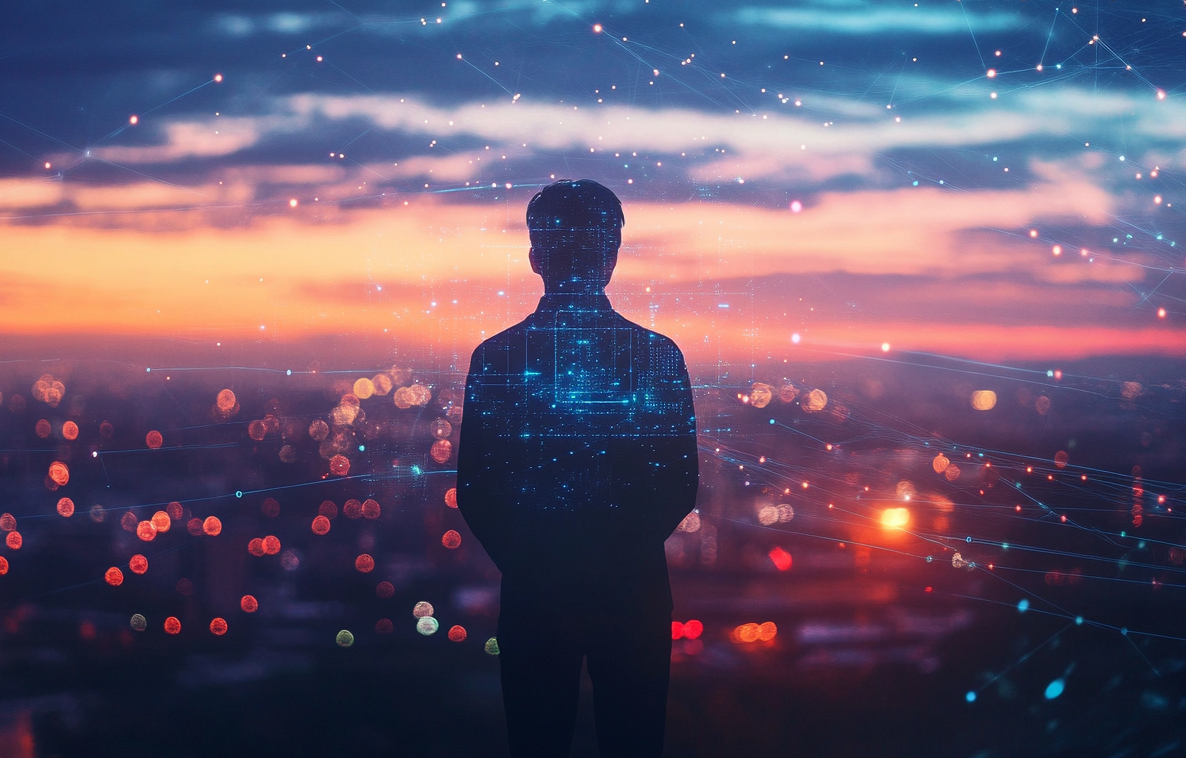The Dawn of Omni: OpenAI's GPT-4o Redefines Multimodal AI
The landscape of artificial intelligence has been irrevocably altered. OpenAI's unveiling of GPT-4o marks a paradigm shift, propelling us into an era where AI seamlessly integrates with our senses, understanding and responding to the world in ways that mimic human cognition. This "omni" model, as the "o" suggests, transcends the limitations of its predecessors, forging a new frontier in multimodal interaction.
A Convergence of Senses:
GPT-4o's most striking advancement lies in its native ability to process and generate combinations of text, audio, and visual data. This is not merely an incremental improvement; it's a fundamental architectural change. Previous GPT models relied on a pipeline of separate systems, converting audio to text, processing it, and then converting the response back to audio. GPT-4o, however, operates within a unified neural network, enabling it to directly reason across modalities.
This unified approach yields several critical advantages:
- Reduced Latency:
- The elimination of intermediate conversion steps dramatically reduces latency, making real-time conversations and interactions possible. This responsiveness brings AI interactions closer to the natural flow of human conversation.
- The ability to respond to audio inputs in a time frame very close to human response times, is a massive leap forward.
- Enhanced Contextual Understanding:
- By processing audio and visual cues alongside text, GPT-4o gains a richer understanding of context. It can perceive emotional nuances in speech, interpret visual scenes, and connect these elements to the textual information it receives.
- Seamless Multimodal Generation:
- GPT-4o can generate outputs that blend text, audio, and visuals. This capability opens up a world of possibilities, from creating dynamic presentations to generating immersive interactive experiences.
The Power of Real-Time Interaction:
One of the most compelling demonstrations of GPT-4o's capabilities is its ability to engage in real-time audio conversations. This is not just about transcribing speech; it's about understanding the subtleties of tone, inflection, and background noise. GPT-4o can:
- Carry on natural-sounding conversations:
- GPT-4o can respond with varying tones of voice, expressing emotions like sarcasm, excitement, or empathy.
- Provide real-time translation:
- The model's low latency enables it to translate conversations between languages with minimal delay, breaking down communication barriers.
- Understand and respond to interruptions:
- GPT-4o can handle interruptions and changes in topic, mirroring the fluidity of human dialogue.
Vision and Beyond:
GPT-4o's visual capabilities extend far beyond simple image recognition. It can:
- Analyze and interpret complex visual scenes:
- GPT-4o can understand the context of images, identify objects, and describe their relationships.
- Generate creative visual content:
- The models ability to create image generation, has shown to have very popular results, with the ability to create images in many different artistic styles.
- Integrate visual information into conversations:
- Users can show GPT-4o images and ask questions about them, creating a more interactive and engaging experience.
The Impact on Industries:
The implications of GPT-4o's advancements are vast, with the potential to transform numerous industries:
- Education:
- GPT-4o can create personalized learning experiences, adapting to individual student needs and providing interactive feedback.
- It can assist in creating dynamic and engaging educational materials, incorporating visual and audio elements.
- Healthcare:
- GPT-4o can assist in remote patient monitoring, analyzing vital signs and providing real-time feedback.
- It can help in the development of assistive technologies for people with disabilities.
- Customer Service:
- GPT-4o can provide more natural and personalized customer support, handling complex inquiries and resolving issues efficiently.
- The ability to understand emotional cues can enhance customer satisfaction.
- Entertainment:
- GPT-4o can create immersive and interactive entertainment experiences, generating dynamic narratives and visual content.
- It can assist in the development of virtual reality and augmented reality applications.
- Accessibility:
- GPT-4o has the potential to greatly increase accessibility for people with disabilities. The ability to understand and generate multiple modalities is a huge step forward.
The Evolution of AI Interaction:
GPT-4o represents a significant step towards more natural and intuitive AI interactions. It blurs the lines between human and machine communication, paving the way for a future where AI is seamlessly integrated into our daily lives.
Key technological advancements:
- Unified Multimodal Model:
- Moving away from pipelines to a single model that processes all modalities simultaneously.
- Improved Tokenization:
- Improvements in tokenization, especially for non-latin based languages, has improved efficiency and reduced costs.
- Increased Speed and Reduced Latency:
- Huge improvements in the speed of responses, that allow for more human like conversations.
- Enhanced Emotional Understanding:
- The AI's ability to interpret and respond to emotional cues in speech and visual data.
The Ongoing Debate:
As with any significant technological advancement, GPT-4o raises ethical considerations. Concerns surrounding deepfakes, misinformation, and the potential for misuse require careful attention. OpenAI is actively working to address these concerns, implementing safeguards and promoting responsible AI development.
The Future of AI:
GPT-4o is not just a new model; it's a glimpse into the future of AI. It represents a shift towards AI that is more intuitive, adaptable, and integrated into our lives. As AI continues to evolve, we can expect to see even more sophisticated multimodal capabilities, blurring the lines between the digital and physical worlds.
The release of GPT-4o has generated a lot of excitement, and with good reason. It is a very impressive piece of technology that will have a huge impact on the world. As AI technology continues to advance, it is important that we have conversations about the ethical implications of this technology. We must ensure that AI is used for good, and that it benefits all of humanity.



